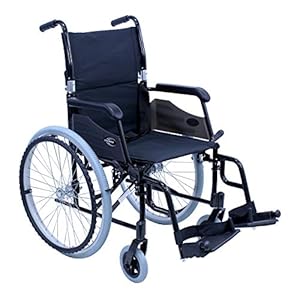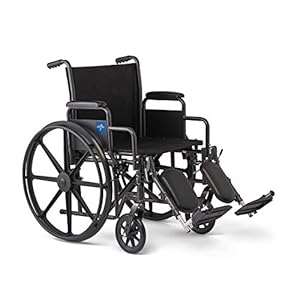
Researchers at Pohang College of Science & Know-how in South Korea have developed a sturdy pressure sensor that may detect advanced physique actions. The expertise will likely be helpful for sufferers present process bodily rehabilitation, permitting bodily therapists to evaluate their actions in vital element and measure progress. Typical pressure sensors are sometimes affected by warmth and humidity, making them much less sturdy as a wearable, and so they sometimes detect solely biaxial pressure, offering much less element than these new sensors. The brand new expertise makes use of laptop imaginative and prescient, whereby an algorithm critiques digital photos of the sensor deformation and calculates the actions of the sensor wearer.

Bodily rehabilitation permits sufferers to regain mobility after an damage, illness or medical process. Bodily therapists and clinicians are all for characterizing the actions of such sufferers, corresponding to figuring out their vary of movement, gait, and many others. This not solely permits them to quantify a affected person’s mobility, however monitor progress over time.
Up to now, researchers have developed loads of new applied sciences that may assist on this enviornment, from movement sensors to wearables. Pressure sensors connected to the pores and skin are a helpful option to assess motion in particular areas of the physique, however current sensors have some limitations. This features a sophisticated manufacturing course of, and vulnerability to temperature and humidity, which is a downside for an object anticipated to reside in shut contact with the pores and skin. They’ll additionally solely sometimes measure pressure in two axes.
To develop a greater sensor, these researchers turned to optical sensors that make use of laptop imaginative and prescient to measure pressure. This includes a miniature digicam throughout the sensor that views a micropatterned silicon movie that strikes with the pores and skin. The digicam can view the movie as it’s deformed by the wearer’s bodily actions, after which the system can use laptop imaginative and prescient methods to interpret these actions.
The researchers have referred to as their expertise laptop vision-based optical pressure (CVOS) sensors, and to date have proven that the sensors can detect rotational actions in three axes and might present multiaxial pressure mapping in actual time. The system additionally incorporates an AI algorithm that works to scale back artifacts and errors within the information, and the sensors are sturdy, sustaining their efficiency over 10,000 cycles of use.
“The CVOS sensors excel in distinguishing physique actions throughout various course and angles, thereby optimizing efficient rehabilitative interventions,” stated Sung-Min Park, a researcher concerned within the examine. “By tailoring design indicators and algorithms to align with particular targets, CVOS sensors have boundless potential for functions spanning industries.”
Research in journal npj Versatile Electronics: Real-time multiaxial strain mapping using computer vision integrated optical sensors
Trending Merchandise










![[2025 Upgrade] Aotedor 30 Miles Long Travel Range, Electric Wheelchair for Adults Power Wheelchairs Lightweight Foldable All Terrain Motorized Wheelchair for Seniors Compact Portable Airline Approved](https://m.media-amazon.com/images/I/51vZJPDMrOL._SS300_.jpg)
